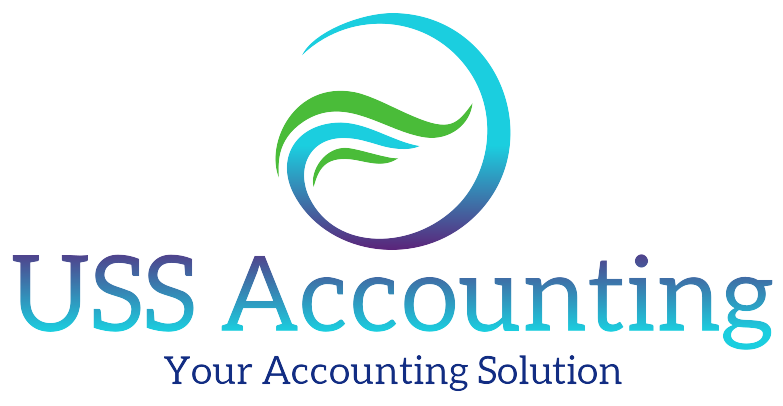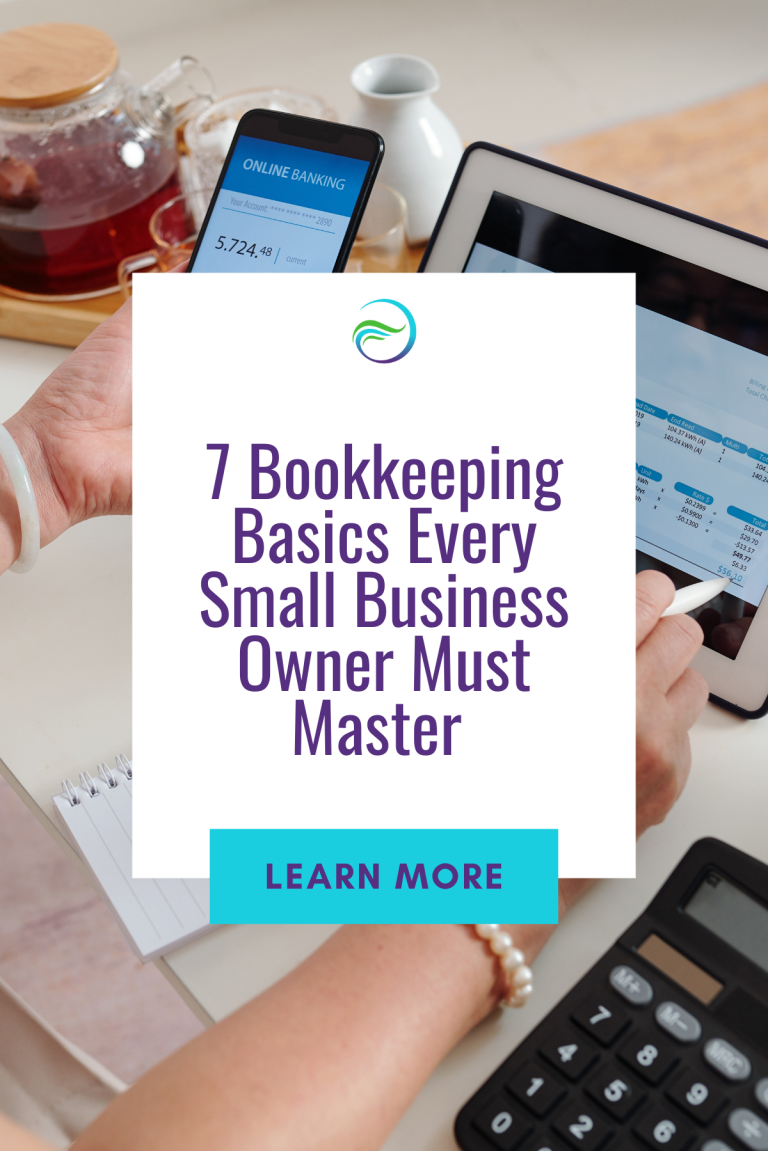
October Is Your Last Chance to Optimize
It’s late October. You’ve got exactly two months before December 31st—the deadline that determines your entire 2025 tax bill.
Most Southeast business owners wait until January to think about taxes. By then, it’s too late. Every dollar you could have saved through strategic planning is gone. Every deduction you could have maximized is missed. Every tax credit you qualified for sits unclaimed.
The businesses that minimize their tax burden legally and strategically? They plan in Q4, not Q1.
At USS Accounting, we work with Atlanta, Charlotte, and Greenville-Spartanburg businesses generating $100K to $5M in revenue. Every October, we help clients implement year-end tax strategies that save thousands—sometimes tens of thousands—in taxes.
Here are the eight most effective strategies you should consider implementing before December 31st.
1. Accelerate Business Expenses into 2025
If you’re planning to make business purchases in early 2026 anyway, consider buying them before December 31st to deduct them against 2025 income.
What qualifies:
- Office equipment and furniture
- Computer hardware and software
- Marketing and advertising expenses
- Professional development and training
- Subscriptions and memberships
- Repairs and maintenance
- Supplies and inventory
Strategic timing: If you’re having a strong revenue year and expect lower income in 2026, accelerating deductible expenses into 2025 reduces taxes at your higher rate. Conversely, if 2026 looks more profitable, you might delay expenses to maximize deductions when your rate is higher.
Important limitation: You can only deduct expenses actually paid AND incurred by December 31st. Prepaying 2026 rent or expenses doesn’t work for cash-basis businesses. The expense must be for goods or services delivered in 2025.
Hypothetical example: An Atlanta marketing agency planned to upgrade computers and software in January 2026. By purchasing in December 2025 instead, they deducted $18,000 against current-year income, saving approximately $6,300 in taxes (at a 35% effective rate).
2. Maximize Section 179 Deductions and Bonus Depreciation
Section 179 allows you to immediately deduct the full purchase price of qualifying equipment rather than depreciating it over several years.
2025 limits:
- Section 179 deduction limit: $1,220,000
- Equipment purchase threshold: $3,050,000
- Bonus depreciation: 60% for qualified property placed in service in 2025
What qualifies:
- Machinery and equipment
- Business vehicles (with specific limitations)
- Computer systems and servers
- Office furniture
- Some building improvements (HVAC, roofs, security systems)
Critical timing: Equipment must be purchased AND placed in service (actively used) by December 31st. Merely purchasing it isn’t enough—you need to start using it for business purposes.
Vehicle deduction rules: Vehicles over 6,000 pounds (like many SUVs and trucks) may qualify for the full Section 179 deduction. Lighter vehicles face strict annual depreciation limits ($20,200 first year for 2025). Work with your accounting professional to determine the optimal vehicle purchase strategy.
3. Manage Accounts Receivable and Payable Strategically
Cash-basis businesses (most small businesses) can manage taxable income by controlling when they receive payments and when they pay expenses.
Reduce 2025 income:
- Delay sending December invoices until January 2nd (income recognized when received)
- Wait to deposit checks until January if received late December
- Postpone collecting outstanding receivables until after year-end
Increase 2025 deductions:
- Pay January expenses in late December if beneficial
- Make quarterly estimated tax payments before December 31st
- Pay outstanding vendor invoices before year-end
- Process employee bonuses in December rather than January
Strategic considerations: This only makes sense if deferring income or accelerating expenses provides tax benefits. If you expect to be in a higher tax bracket next year, the opposite strategy might be better. Professional bookkeeping services can help model different scenarios.
Cash flow warning: Never sacrifice cash flow for tax savings. The goal is strategic timing when it doesn’t hurt your business operations.
4. Contribute to Retirement Plans
Retirement plan contributions reduce taxable income while building long-term wealth. Different plan types have different deadlines and contribution limits.
Traditional 401(k) Plans:
- 2025 employee deferral limit: $23,500 ($31,000 if age 50+)
- Total contribution limit (employee + employer): $70,000 ($77,500 if age 50+)
- Deadline: Must be contributed by December 31st for 2025 deduction
SEP IRA:
- 2025 contribution limit: 25% of compensation, up to $70,000
- Deadline: Tax filing deadline (including extensions) – typically April 15, 2026 or later
- Advantage: Flexibility to decide contribution amount after year-end
Solo 401(k):
- Combines employee deferrals ($23,500) plus employer contributions (25% of compensation)
- Employee deferral deadline: December 31st
- Employer contribution deadline: Tax filing deadline
- Best for: Self-employed individuals or business owners with no employees
SIMPLE IRA:
- 2025 employee deferral: $16,500 ($20,000 if age 50+)
- Employer matching or contribution required
- Deadline: December 31st for employee deferrals
Strategic consideration: If you haven’t established a 401(k) plan yet, you may be too late for 2025. SEP IRAs can be established and funded until your tax filing deadline, making them an excellent year-end planning tool. Consult with your financial advisor to determine the optimal retirement vehicle.
5. Review and Adjust Estimated Tax Payments
If you underpay estimated taxes, you face penalties and interest. If you overpay, you’re giving the IRS an interest-free loan. The end of the year is the time to get it right.
Fourth quarter 2025 estimated tax deadline: January 15, 2026
Calculate what you owe:
- Review year-to-date income and expenses
- Project final two months of revenue
- Calculate estimated total tax liability
- Subtract taxes already paid (withholding + estimated payments)
- Pay the difference by January 15th
Safe harbor rules: Avoid penalties by paying the lesser of:
- 90% of current year tax liability, OR
- 100% of prior year tax liability (110% if AGI exceeds $150,000)
Hypothetical scenario: A Charlotte consulting firm had an unexpectedly profitable Q4. By calculating year-end taxes in mid-December and making a large fourth-quarter payment, they avoided underpayment penalties that would have cost approximately $2,800.
Professional guidance: Work with your accountant to calculate the optimal estimated payment amount. Overpaying to be “safe” costs you cash flow unnecessarily.
6. Utilize the Qualified Business Income (QBI) Deduction
If you operate as an S-Corp, partnership, LLC, or sole proprietorship, you may qualify for a 20% deduction on qualified business income.
2025 QBI deduction basics:
- Potentially deduct 20% of qualified business income
- Available to pass-through entities (not C-Corps)
- Subject to income thresholds and limitations
- Phases out for service businesses above certain income levels
Income thresholds for 2025:
- Full deduction: Taxable income under $197,300 (single) or $394,600 (married filing jointly)
- Partial deduction: Income between thresholds and $247,300 (single) or $494,600 (married)
- Limitations apply: Above upper thresholds, especially for specified service businesses
Year-end strategies to maximize QBI:
- Defer income to stay below phase-out thresholds
- Accelerate deductions to reduce taxable income
- Consider equipment purchases to increase the deduction
- Optimize W-2 wages paid (affects deduction calculation above thresholds)
Complex rules require professional guidance: The QBI deduction has intricate calculations, limitations, and planning opportunities. Work with a tax professional to ensure you’re maximizing this valuable deduction legally.
7. Consider Year-End Employee Bonuses and Benefits
Year-end is an opportune time to reward employees while reducing taxable income, but timing and structure matter.
Cash bonuses:
- Deductible in year paid (for cash-basis businesses)
- Must be paid by December 31st to deduct in 2025
- Include in employee W-2 and subject to payroll taxes
- Reduces business taxable income dollar-for-dollar
Retirement plan contributions:
- Employer 401(k) matching or profit-sharing contributions
- Can be deducted even if funded after year-end (by tax filing deadline)
- Builds employee loyalty and retention
Health insurance and benefits:
- Prepay January health insurance premiums in December
- Contribute to Health Savings Accounts (HSAs)
- Fund Flexible Spending Accounts (FSAs)
Strategic timing with payroll: Work with your payroll services provider to ensure bonuses are processed, paid, and reported correctly. A December 30th bonus paid but not processed until January doesn’t count for 2025.
Employee morale benefit: Year-end bonuses aren’t just tax strategy—they’re retention and motivation tools. Consider the dual benefit when making decisions.
8. Document Everything and Review for Missed Deductions
The final weeks of the year are the time to ensure you’ve documented every deductible expense and captured every possible tax benefit.
Commonly missed deductions:
- Home office expenses: If you have a dedicated business space at home, calculate the deduction (simplified or actual expense method)
- Vehicle mileage: Review mileage logs and ensure business use is properly documented (2025 rate: 70 cents per mile)
- Meals and entertainment: 50% deductible for business meals (100% for certain employee meals)
- Professional development: Conferences, courses, books, subscriptions
- Business travel: Flights, hotels, meals during business travel
- Phone and internet: Business use percentage of phone and internet bills
- Bank and credit card fees: Service charges, merchant processing fees
- Software and subscriptions: Business management tools, accounting software, industry publications
Documentation requirements:
- Keep receipts for all expenses (digital copies acceptable)
- Maintain mileage logs with date, destination, business purpose
- Document business purpose of meals and entertainment
- Track home office square footage and related expenses
- Maintain records for at least 3 years (7 years recommended)
Year-end cleanup: Review your books with your bookkeeper to ensure:
- All expenses are categorized correctly
- Personal expenses are clearly separated from business
- Missing receipts are obtained or reconstructed
- Mileage logs are complete and accurate
- Bank and credit card reconciliations are current
Additional Year-End Considerations for Southeast Businesses
State-Specific Tax Planning
Georgia, North Carolina, and South Carolina each have unique tax laws that affect year-end planning:
Georgia: Flat 5.39% corporate income tax. Consider timing of income and deductions accordingly.
North Carolina: Flat 2.5% corporate income tax (one of the lowest). Personal income tax is 4.5%. State tax impact is lower than most states.
South Carolina: Corporate income tax rates from 3% to 5%. Consider state-specific credits for job creation and investment.
Each state offers different credits and incentives that may influence year-end decisions. Consult with a professional familiar with your state’s tax code.
Inventory Management
If you maintain inventory, year-end is the time to optimize:
- Write off obsolete inventory: Dispose of unsalable inventory before year-end and claim the loss
- Physical inventory count: Ensure accurate count for cost of goods sold calculation
- Inventory method review: Verify you’re using the most beneficial accounting method (FIFO, LIFO, weighted average)
Creating Your Year-End Tax Planning Timeline
Late October (NOW):
- Schedule meeting with your accountant or bookkeeper
- Review year-to-date financial statements
- Project year-end income and expenses
- Calculate estimated tax liability
November:
- Implement equipment purchase decisions
- Review retirement plan contribution strategies
- Decide on employee bonuses and timing
- Accelerate or defer expenses based on strategy
December:
- Execute on planned equipment purchases
- Process employee bonuses and benefits
- Manage accounts receivable and payable timing
- Make retirement plan contributions (where required by 12/31)
- Review and finalize all transactions
Early January:
- Make fourth-quarter estimated tax payment (by Jan 15)
- Finalize retirement contributions (SEP IRA, employer 401(k))
- Ensure all December transactions are properly recorded
- Begin tax return preparation with complete, accurate records
Common Year-End Tax Planning Mistakes to Avoid
1. Waiting until December 26th to start planning
Many strategies require time to implement. Starting in late October gives you time to make informed decisions.
2. Making purchases solely for tax deductions
Never buy something you don’t need just for a tax write-off. A $10,000 purchase saves you $3,500 in taxes (at 35% rate)—you’re still spending $6,500.
3. Neglecting cash flow for tax savings
Tax savings mean nothing if they create cash flow problems. Always maintain adequate operating capital.
4. Poor documentation
The IRS can disallow deductions if you lack proper documentation. Keep receipts, logs, and records organized throughout the year.
5. Ignoring estimated tax payments
Underpayment penalties negate tax savings. Calculate and pay estimated taxes appropriately.
6. DIY complex tax strategies
Some strategies require professional guidance to implement correctly. The cost of getting it wrong exceeds the cost of professional help.
When to Seek Professional Help
Year-end tax planning is complex, and mistakes are costly. Consider professional guidance if:
- Your business generates over $250,000 in annual revenue
- You’re considering major equipment purchases or investments
- Your income fluctuated significantly this year
- You’re unsure about retirement plan options and deadlines
- You have multi-state tax obligations
- You’re planning business structure changes
- You want to optimize QBI deductions above income thresholds
The investment in professional accounting services typically pays for itself many times over through tax savings, avoided penalties, and strategic guidance.
Take Action Now
You have exactly two months to implement strategies that could save thousands in taxes. The difference between businesses that minimize their tax burden and those that overpay isn’t luck—it’s planning.
The strategies outlined here represent significant opportunities for Southeast businesses in the $100K-$5M revenue range. But they only work if you implement them before December 31st.
At USS Accounting, we help Atlanta, Charlotte, and Greenville-Spartanburg business owners implement year-end tax strategies that align with their specific situations. We don’t offer one-size-fits-all advice—we provide strategic guidance tailored to your business, your industry, and your goals.
Don’t wait until January to think about taxes. By then, your 2025 tax bill is locked in.
Schedule your year-end tax planning consultation today and let’s identify the strategies that will reduce your 2025 tax burden while positioning your business for a strong 2026.
Because the best time to plan for taxes is before the year ends—not after.






